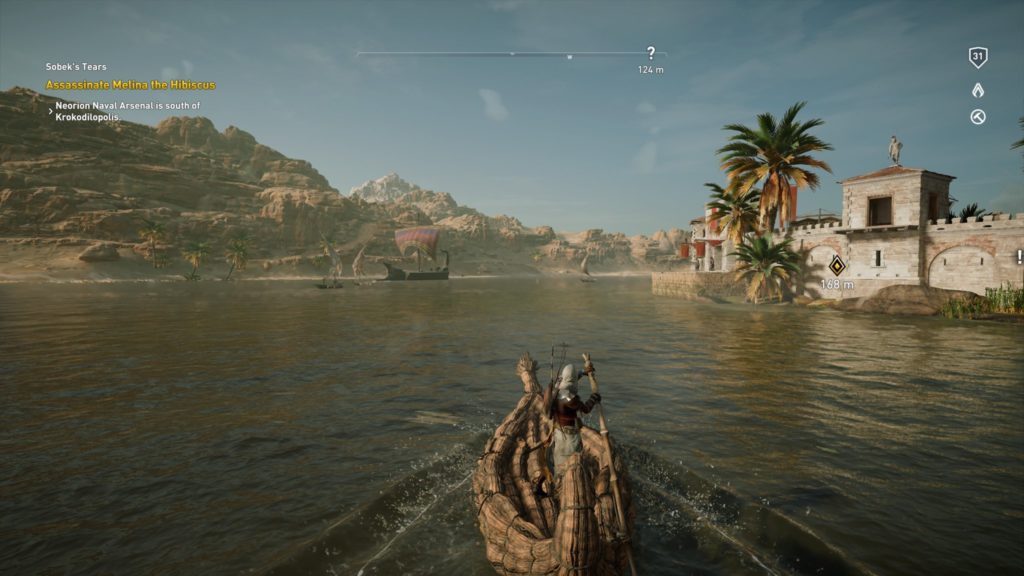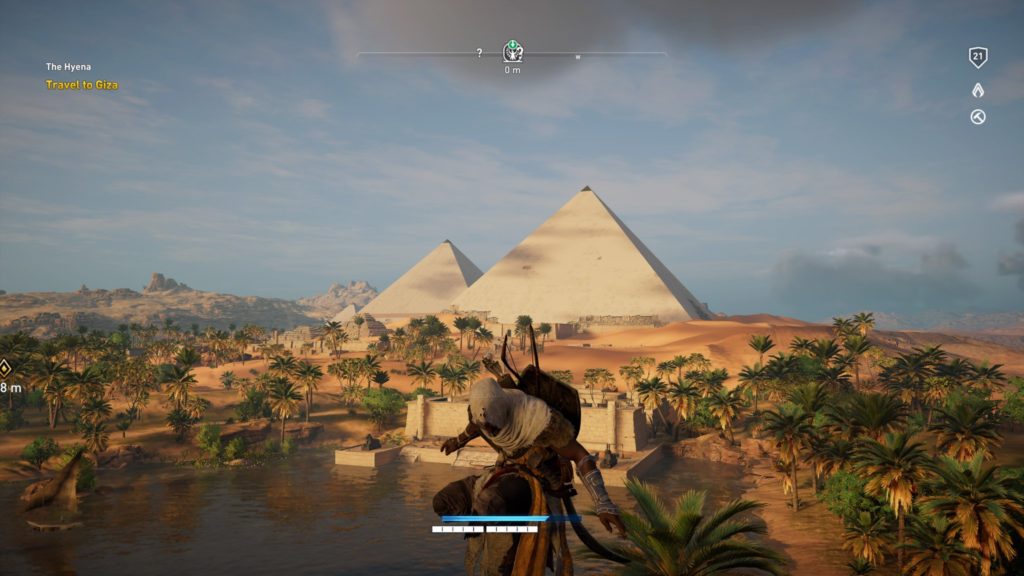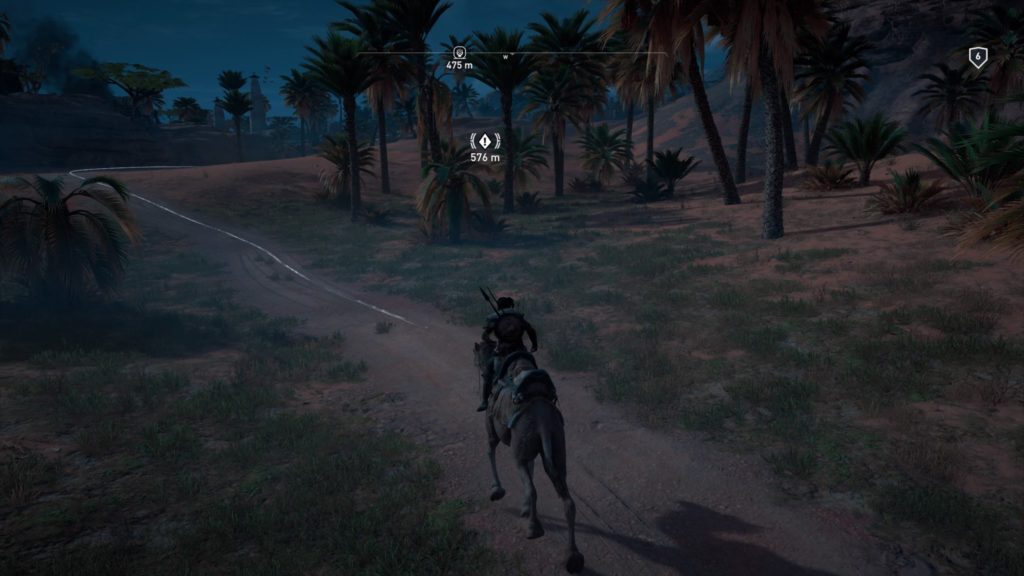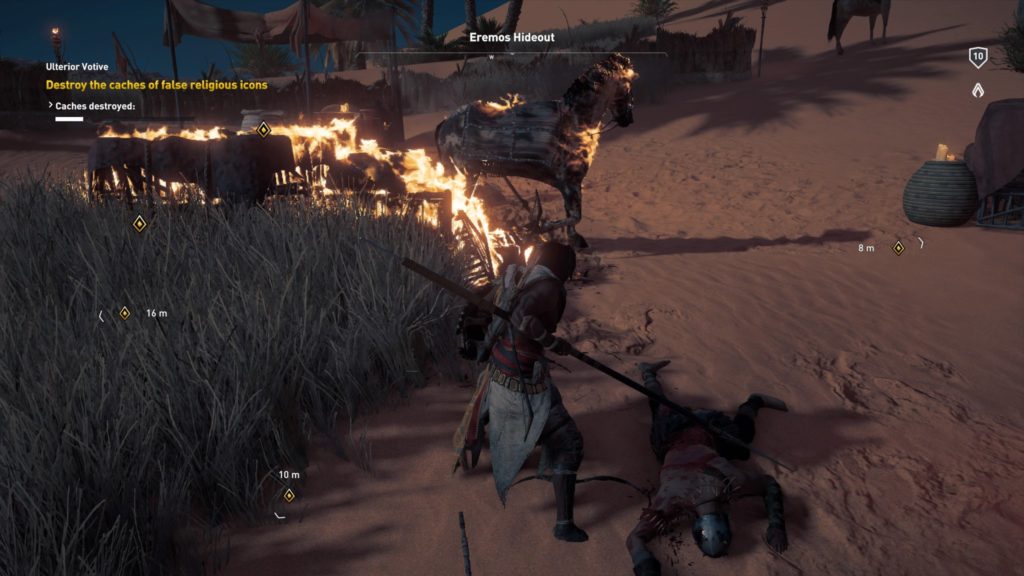- Genre: Open-world Action
- Platform: PS4
- Also Available On: Xbox One, Windows
TL;DR
- Great mix of characters with different capabilities, ranging from melee to various ranges of projectile-based weaponry. Hot swapping of characters leads to good real-time tactical changes.
- Story is a silly, but fun take on the 80s action cartoon. Unfortunately ends abruptly in a cliffhanger.
- Environment severely lacking in variety, particularly with enemy lairs.
In a lot of ways this feels like a natural (if not subdued) extension of where the Saints Row series had been moving in IV and Gat Out of Hell. You play a series of more or less super powered humans, some of which have unnatural abilities, and some of which are simply taking advantage of unrealistic technology. The action itself is still all there, with a large variety of weapons to take advantage of. The open world is there, filled with missions, small side tasks, and a bunch of things to collect. The over the top plot is there, where you’re trying to stop an evil doctor from recreating the world. However, despite the core of the game being really solid, it never quite reaches the heights of the Saints Row games. I couldn’t quite place my finger on what happened – perhaps being their first game designed for the PS4/Xbone generation, perhaps they just ran out of time to release – but the experience never really coalesced into a strong whole.
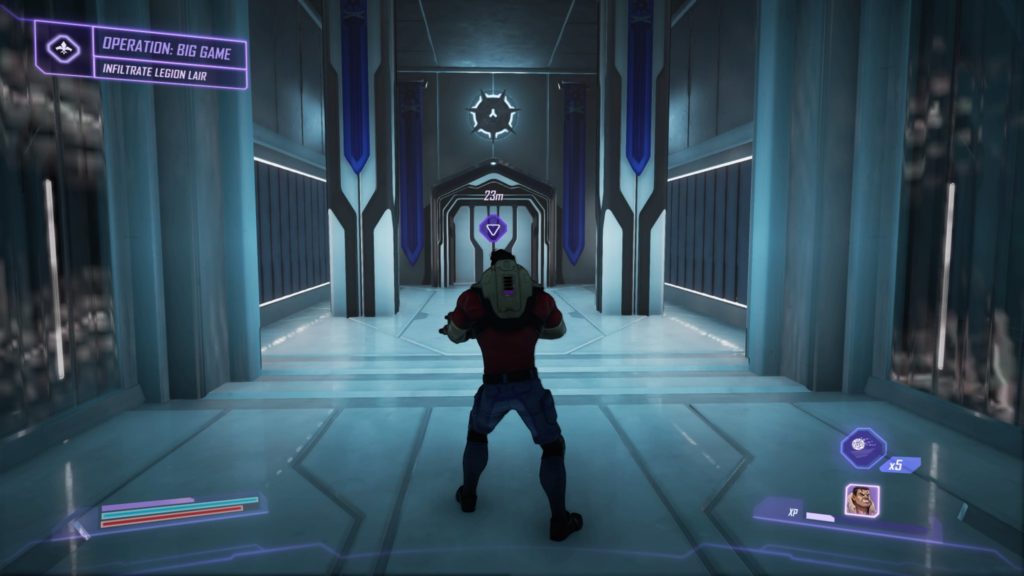
In general, there’s just a lot of signs that something caused a severe cut or restriction in content in the game.
One of the core pieces of the game’s progress loop is that missions will invariably send you to invade and disrupt LEGION lairs, the hiding places for the game’s primary antagonist group. However, apart from a few that were carefully constructed for particular story reasons, the rest all follow the same visual theme. I couldn’t tell you how many times you enter the same hallway, go through the same half dozen rooms and connecting pieces, find treasure chests in the exact same room 100 different times, fight the same half dozen trash enemies in each one. It just feels like they got the gameplay loop in place, then ran out of time before fleshing out the rest of the system.
This also to some extent extends to the story. I’d estimate roughly the first 75% of the game follows a pattern of recruit new story-relevant agent through a few missions -> find and capture/kill an enemy lieutenant through a few missions. There are also some side agents to recruit, and each one has a dedicated secondary mission, but those agents fill more of a gameplay gap than a story one. However, the last three lieutenants simply go back to back to back in a set of missions that starts fantastically, but starts to feel like it falls off. By the time you get to the ultimate baddy, the game drops you into a fantastically cool new environment filled with very little to do but kill some trash enemies, then a boss fight that abruptly ends mid-fight and throws you into a cliffhanger story cutscene. It was another case where it just felt like they had the core in place, then ran out of time and had to patch everything together to get the game out the door.
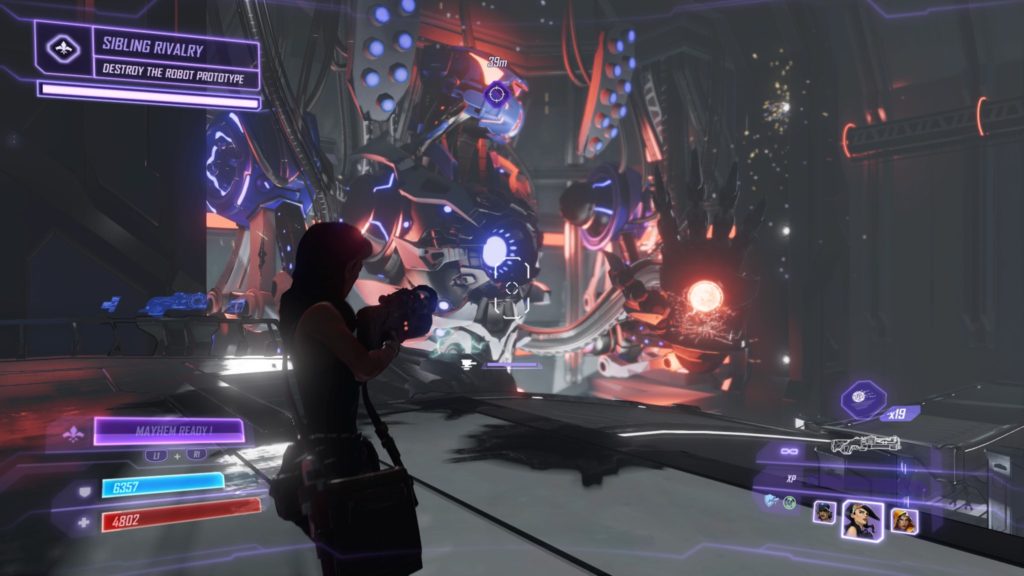
Luckily the gameplay does to some extent redeem the game. While the combat isn’t in practice that much different than Saints Row, the practice of swapping entire characters instead of swapping weapon inventory feels really powerful. Each character is basically the combination of a personality, a weapon, and two special abilities, and running out into the city becomes a practice of finding the right mix of these to flesh out your party enough to be successful. You’ve got your general gun-based characters running from short-range shotguns to pistols to SMGs to assault rifles. There’s also some a really satisfying to use archer hijacking the name Rama, a melee-based assassin that is a ton of fun, and a ice-powered Russian that can freeze and shatter enemies. Probably my favorite character ended up being a female engineer that could lay down turrets while she went through firing a plasma stream weapon, giving me a lot of flexibility in attacking enemies from two directions.
The flexibility here is really important in keeping the combat fresh. Despite fighting the same enemies repeatedly, I could switch out to different characters based on the tactical advantages of the environment. If I’m climbing a tower, I could switch to a long-range gun or archer to pick off enemies one by one from far away. If I’m in close quarters, a shotgun could wreak havoc to enemies. If I needed to sneak around and distract enemies while hacking consoles, the turret engineer was a great call. By being able to form my team in this way, I could fit the team to multiple styles, while still being able to play how I wanted at any one time. Without fail, the characters also felt fun to use, so it was never a chore to go around sending baddies to their doom.
This all takes place in a relatively compact, but extremely full version of Seoul. Beside the actual missions to do, there’s a ton of side content. On the simple end, this is simple vehicle races, patrol take outs, and hostage rescues. The complexity moves up a bit in taking out a variety of large weaponry, from ice cannons to gravity portals. Ultimately, you can also invade and take over a handful of enemy strong holds. The city is also scattered with treasure chests filled with money, resources, and cosmetics, as well as a ton of crystals that can be used to buy further upgrades for the agents. Basically, you’ll never be out of things to do as there’s always something around the next corner to keep you happily distracted.
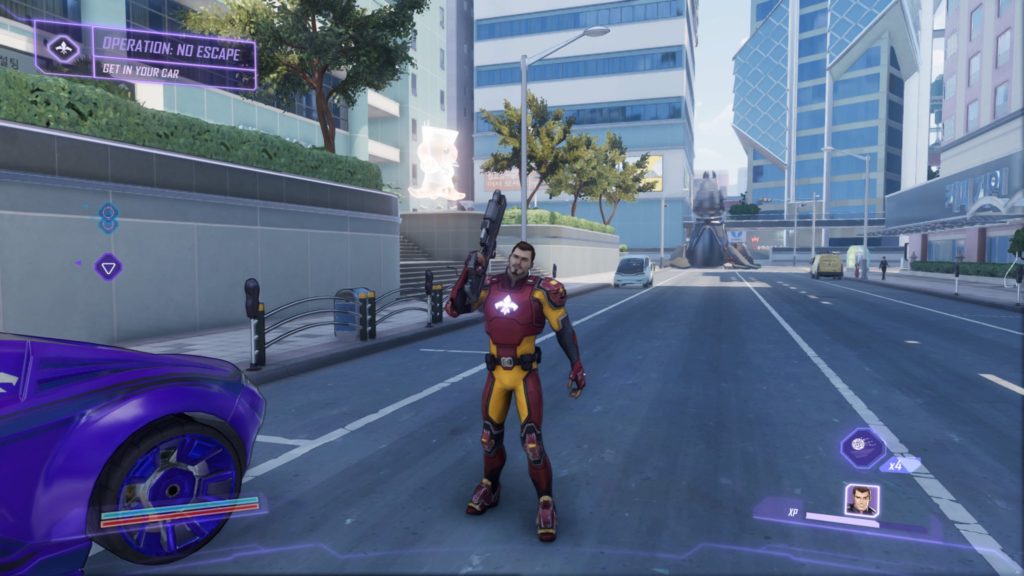
Ultimately, the downfall of this game isn’t the quality of the gameplay, it’s that it feels incomplete. What is there is a lot of fun and basically plays out like a videogame version of every stupid 80s action cartoon that I used to watch as a kid. As a natural extension of the Saints Row universe, it also feels entirely in place to the style and attitude of those games. I can only speculate as to what happened to get the game shipped in this state, but hopefully it doesn’t prevent from further use of the IP. Given a second chance, I suspect we’d be looking at a game that a lot of people would remember for quite a while.


